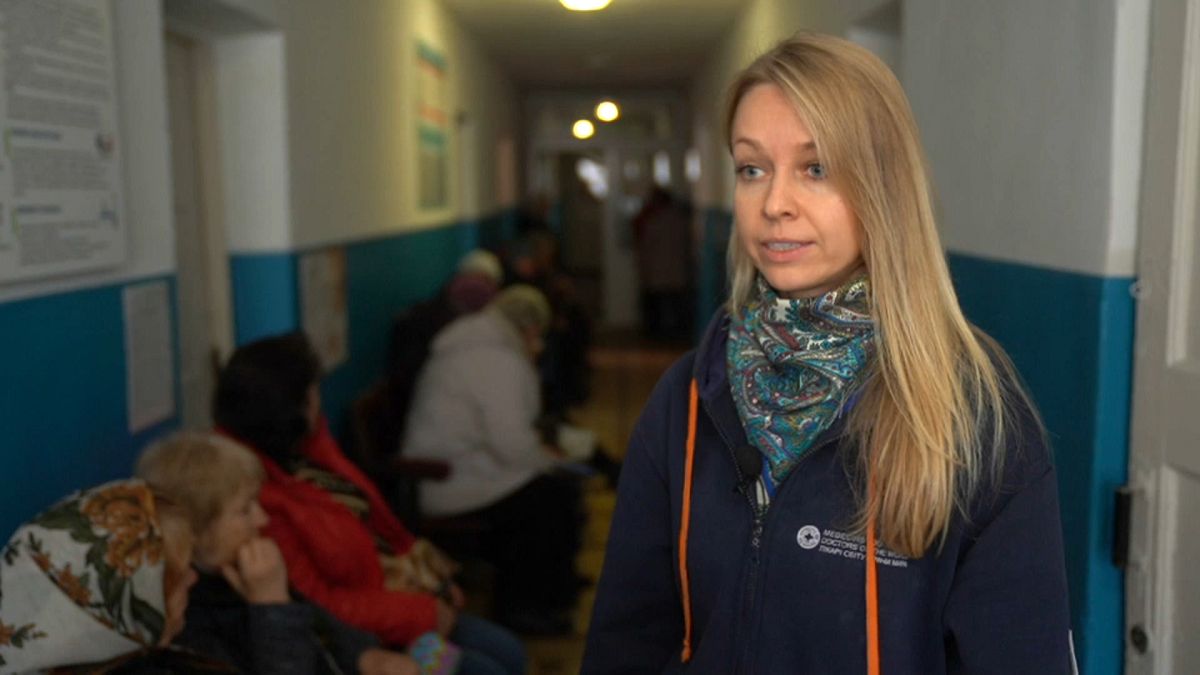A doctor working for the Spanish branch of the NGO, Doctors of the World, tells Aid Zone about the dire situation facing people unable to escape from the front line in eastern Ukraine,
The conflict in eastern Ukraine has had a major impact on the provision of healthcare, leaving an estimated 1.3 million people needing help.
Many people, including health professionals, fled the region when fighting broke out five-and-a-half years ago. Those left behind were mainly elderly residents, whose needs are greatest.
But even when clinics are open, a lack of public transport means patients cannot get to them.
Olena Konopkina, a member of the Médicos del Mundo team, explains:
“The armed conflict that started here in 2014 severely disrupted the healthcare structure in the eastern part of Ukraine. The system was not ready to respond to the needs that occurred because the whole system was totally broken.
"For example, tertiary healthcare was left on the NGCA part (non government-controlled areas), so people lost their access to it. But access to PHC, Primary Healthcare Services, were also disrupted.
"Despite the fact that this is the sixth year of the conflict, the needs are still there. A considerable number of small villages were totally cut off from transport connections. Some villages where we work, don't have transport connections at all. So people cannot access healthcare services easily.
"Another huge problem is that people started leaving the area. So a lot of specialists, doctors, nurses decided to leave. So there's a huge gap in human resources. For example, in this area, the Popasna district, where we operate, the gap of human resources within the primary health care system drops below 50 per cent."


